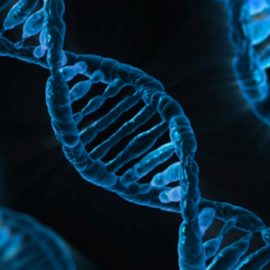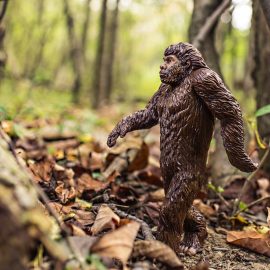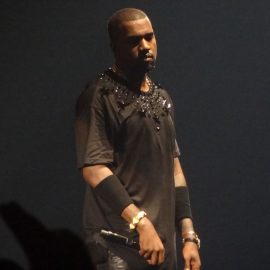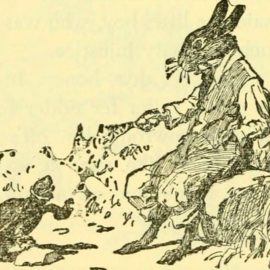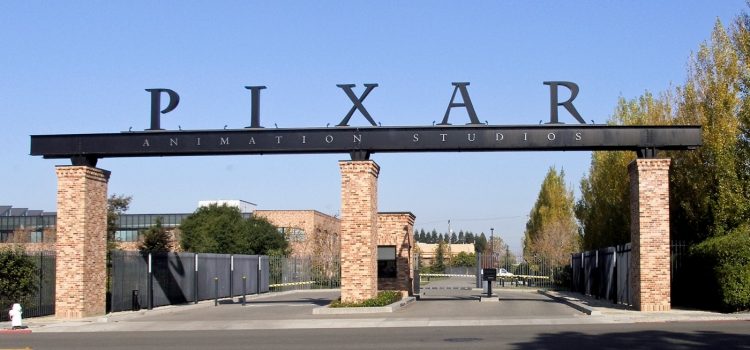

This article is an excerpt from the Shortform book guide to "Steve Jobs" by Walter Isaacson. Shortform has the world's best summaries and analyses of books you should be reading.
Like this article? Sign up for a free trial here.
What is the relationship between Steve Jobs and Pixar? Did you know Pixar wouldn’t exist without Jobs?
When Steve Jobs was forced out of Apple in 1985, he helped build George Lucas’ computer graphics division as an animated studio. The company was named Pixar, which highlighted Jobs’s passion for design and detail.
Read below to learn how Steve Jobs created Pixar.
From Pitfalls to Pixar
Before getting into the connection between Steve Jobs and Pixar, we need to look at why Jobs left Apple in the first place. After the triumph of the Mac’s introduction, Jobs would face a series of defeats. While his visionary insights had brought him success, his unrelenting perfectionism and need for control undermined his ability to lead. When he lost control of Apple, his following ventures would prove unsuccessful until he found a way to merge his passion for design with his love of the arts.
After the initial surge of Macintosh purchases, sales began to fall off. Despite the computer’s intuitive operating system, its processor was slow and it lacked an internal hard drive. In addition, Isaacson says that Jobs started making poor business decisions, such as trying to oust Apple’s then-president. Engineers on the Mac team began to resign, and Apple’s board rearranged the company’s structure so that Jobs was stripped of any real power. Jobs left the company to find another of his own, taking several high-ranking colleagues with him.
NeXT, his new business, was intended to create high-end workstations for use in academia. But according to Isaacson, running his own business with no supervision let Jobs indulge all his worst impulses. His perfectionism went to such extremes that the NeXT was released two years behind schedule and was priced three times what he’d promised. Even worse, it wasn’t compatible with any other computer on the market. As could be predicted, it flopped. (Shortform note: In academia and business, NeXT was eclipsed by Sun Microsystems workstations, which were IBM compatible, ran the UNIX operating system, and enabled networked file sharing.)
However, while this was taking place, George Lucas needed to sell off his computer graphics division. Isaacson says that Jobs wanted to buy it outright but instead became its principal investor. Renamed “Pixar,” the new company integrated software and hardware to make art, which touched on all of Steve Jobs’s passions. (Shortform note: Pixar began life as the Graphics Group, part of Lucasfilm’s computer division. When its founders spun it off into its own corporation, the technology needed to make a fully computer-animated film was still several years away. Instead, their main product was the Pixar Image Computer, which was marketed for government, scientific, and medical use.)
Pixar’s graphics systems were too costly for the mass market. To show off what their computers could do, Pixar’s head of animation, John Lasseter, created a digital cartoon, Luxo Jr. The film was only meant to be shown as a demo at a conference, but it took the computer graphics world by storm. (Shortform note: John Lasseter pioneered computer animation when he created the first fully CGI character in the 1985 movie Young Sherlock Holmes. His film Luxo Jr. began as a rendering of the lamp on his desk, which he infused with personality and humor. Luxo Jr. was nominated for Best Animated Short in the 1987 Academy Awards.)
Disney was Pixar’s biggest customer for hardware and software, so Jobs proposed that Pixar and Disney make a film together. That movie, Toy Story, went on to such enormous success that it redefined the field of animation itself. (Shortform note: In addition to putting Pixar on the map, Toy Story was a game-changer for the film industry. It began a trend away from hand-drawn animation while elevating animated features to stand beside traditional live-action films. In Creativity, Inc., Pixar cofounder Ed Catmull recounts that Toy Story set the bar for Pixar’s next film very high.)

———End of Preview———
Like what you just read? Read the rest of the world's best book summary and analysis of Walter Isaacson's "Steve Jobs" at Shortform.
Here's what you'll find in our full Steve Jobs summary:
- A no-fluff look into the life of Steve Jobs
- How Jobs changed the technology landscape
- What it was like to work with and for Steve Jobs


